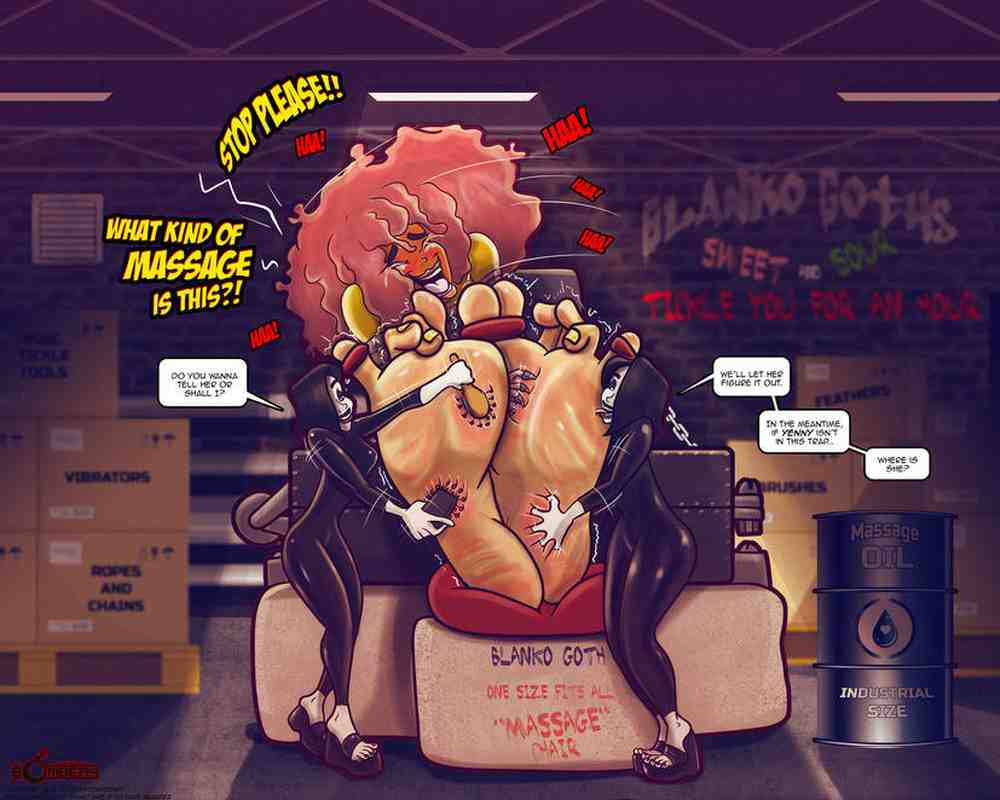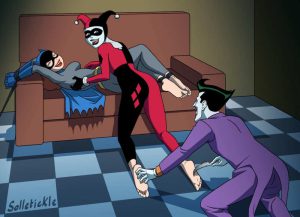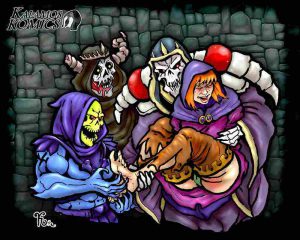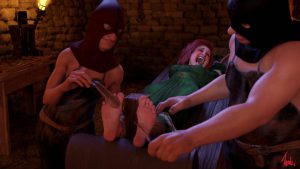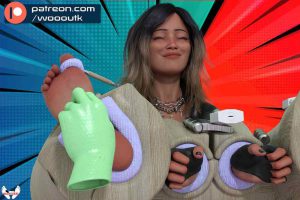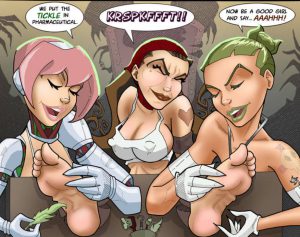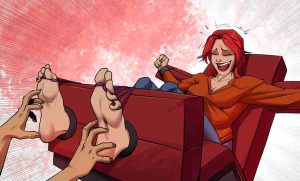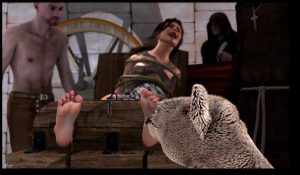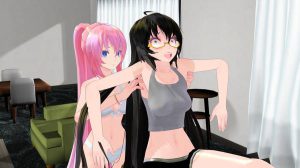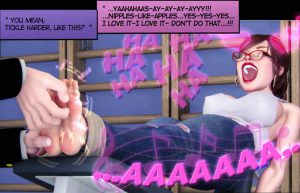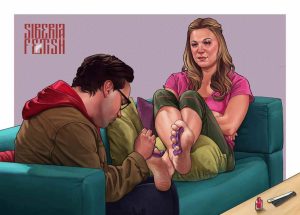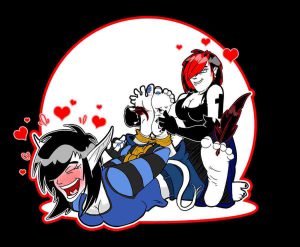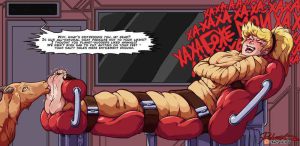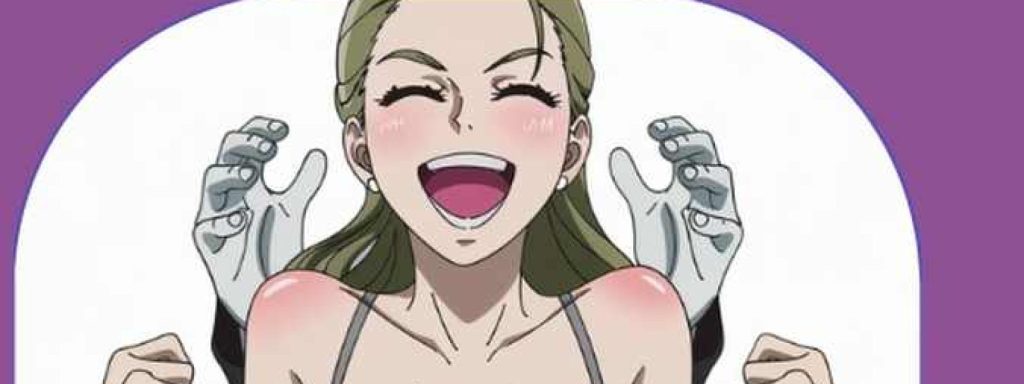Contents
- 1 1) Do you want to tell us something about yourself and your art?
- 2 2) What techniques do you use to draw? Do you have a favorite artist that inspires you?ù
- 3 3) How much was the passion for drawing born in you? And the one for the tickle?
- 4 4) What are the tickling scenarios that you prefer to draw?
- 5 5) What are the aspects of tickling that you intend to represent with your art? Example: the laughing, the wriggling, the relationship between tickler and ticklee?
- 6 6) Online there are countless photos and videos of tickling sessions. In your opinion, what do illustrations offer more than images of real scenes?
- 7 7) In your opinion, what makes tickling so interesting for fans of this phenomenon?
- 8 8) What are your works of which you are most proud?
- 9 9) Do you have any particular artistic goals for the future?
- 10 10) Do you think AIs will end up enriching or impoverishing the art of tickling representations?
1) Do you want to tell us something about yourself and your art?
Hello, friends! I’m Sir Bombers!
I’m a self taught artist and producer of fetish focused videos, and photos! I’ve been on the fetish scene for nearly two decades.
Leggi tutto: Tickle Artists #23: Interview with Sir Bombers2) What techniques do you use to draw? Do you have a favorite artist that inspires you?ù
I’m a fully digital artist. My tools of the trade are Adobe Photoshop, a Wacom Cintiq 22 Tablet, and Lazy Nezumi Pro.
For tickle and foot photos and videos in real life, I use Power Director 365 for video editing and my tools are Sony A7IV camera, a Sony A7II camera, a DJI Pocket 2 mini gimbal camera, a DJI RS3 camera gimbal rig, and a large amount of LED lights and tripods.
While being self-taught, all of my art and coloring style has been heavily influenced by my favorite artists like Dave Alvarez (creator of the very famous Yenny), Chris Sanders (Of Lilo and Stitch Fame), Scamwich, Pawfeather, CeeAyBee (C.A.B.) and Reiq. Each one has contributed to the way I do things within this wonderful tickle, centered community.
3) How much was the passion for drawing born in you? And the one for the tickle?
Ever since my youth I have been fascinated with tickling. It started as a curiosity with friends, to a full blown common activity and source of business today!
I’ve always loved drawing and creating things, but I didn’t have any real drive to do anything. However that all changed in 2003 when I discovered the “Yenny Comic Series” (By Dave Alvarez). The balance of cartoony, colorful silliness on a sexy skimpy-clothed female protagonist was the catalyst to truly inspire me to get serious about making art. It’s safe to say that Yenny, along with Dave Alvarez have completely changed my life for the better. I can say, I definitely wouldn’t be drawing today without them.

4) What are the tickling scenarios that you prefer to draw?
I absolutely LOVE to draw desperation tickling scenes. There’s just something so satisfying in coming up with a scenario, where a character is struggling to prevent a bad outcome, but their efforts are being thwarted by teasing, tickling touches. Just like with many others, my earliest encounter with such a scenario was with the 1936 Popeye episode, “Bridge Ahoy” which had Olive Oyl hanging from an iron beam by her foot while the antagonist “Bluto” rips the sole of her shoe off and gleefully tickles her exposed foot with a single finger. As an impressionable child, that was truly mesmerizing. The thought of Olive’s life put in peril through such a childish, laughter bringing stimulation had stuck with me, and every day that I knew that the Popeye cartoon came on TV, I wished as hard as I could for it to be “Bridge Ahoy” again!

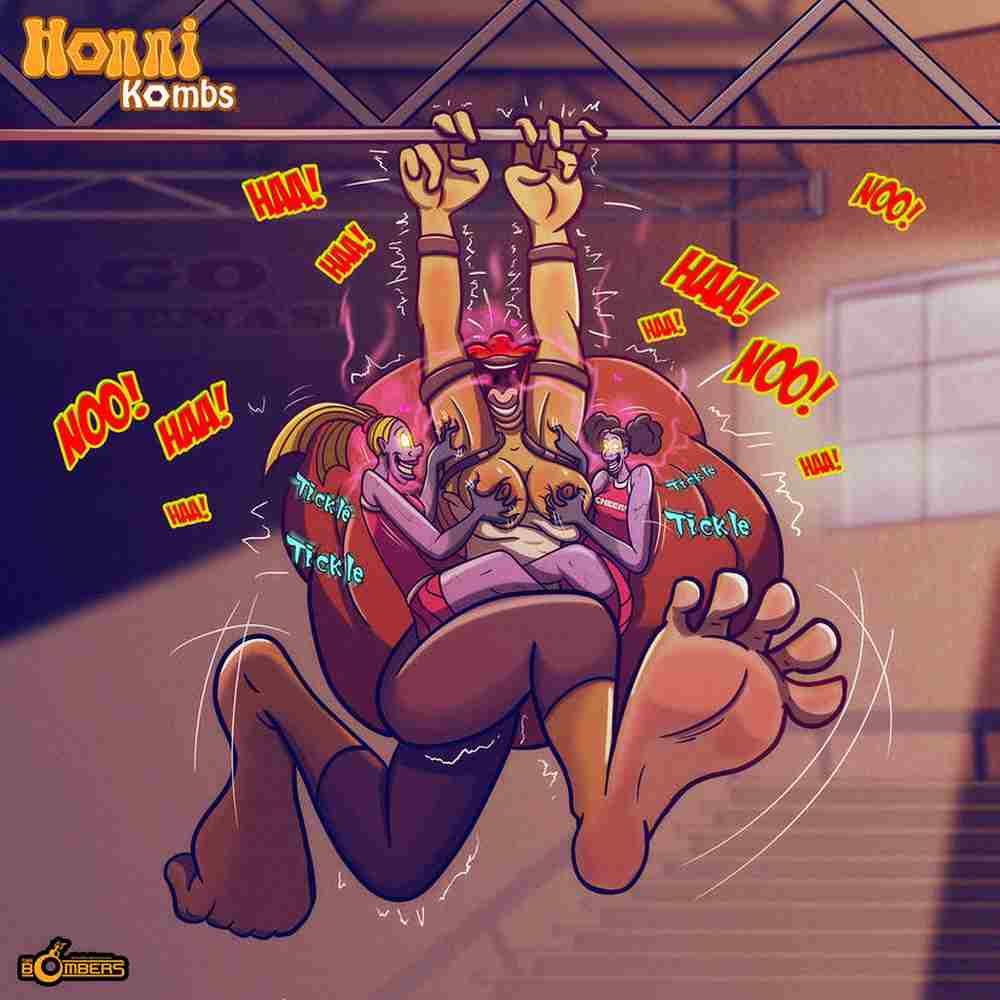
5) What are the aspects of tickling that you intend to represent with your art? Example: the laughing, the wriggling, the relationship between tickler and ticklee?
For me personally, I love when there’s a story that justifies the tickling. The “set up” to get to the tickling is just as wonderful as the tickling itself. A build-up until you get the satisfying payoff. This is a lesson I learned from a great artist by the name of “LittleBigHead” a long time ago, who made it a point to craft tickle focused stories that would build up characters and connections. So when it was time for actual tickling to occur, it would be all the more meaningful.
Knowing the events that lead up to the tickling…or the results that can follow as a result of the tickling, brings more value to the entire scenario than just tickling on its own. The more I know about why it’s happening, the more I can enjoy it. This is not to say I don’t like tickling without context, but I find it all more enjoyable when context is given.
6) Online there are countless photos and videos of tickling sessions. In your opinion, what do illustrations offer more than images of real scenes?
As someone who is a part of both “real scene” and “illustration” worlds, I can say Illustrations have the benefit of not being confined to reality.
Real scenes require a huge amount of logistical challenges. You have to have a budget for a large amount of items such as camera equipment, lighting, editing software and any other things to get the results you want. You have to coordinate with model talent by organizing their compensation travel, lodging accommodations, food and any unexpected situations like cancellations… You’re also restricted to where you can shoot your content, and for how long. All of this can be very, VERY expensive.
Through illustrations, your only main limitation is the art tools you have on hand, and the range of your imagination. Want to tickle the feet of a warrior queen in the jungle? Do it! Want to tickle a 5 story tall, armor clad monster woman? It’s possible!
7) In your opinion, what makes tickling so interesting for fans of this phenomenon?
I think tickling is well liked due to it’s far reaching, intimate, versatile, touch centered nature.
It’s introduced early from parents to their newborns, it’s capable of being enjoyed by people who aren’t necessarily attracted to it in a kinky manner, it’s a cornerstone of many adult activities. It’s quite possibly one of the most universally recognizable activities throughout the history of all of humanity.
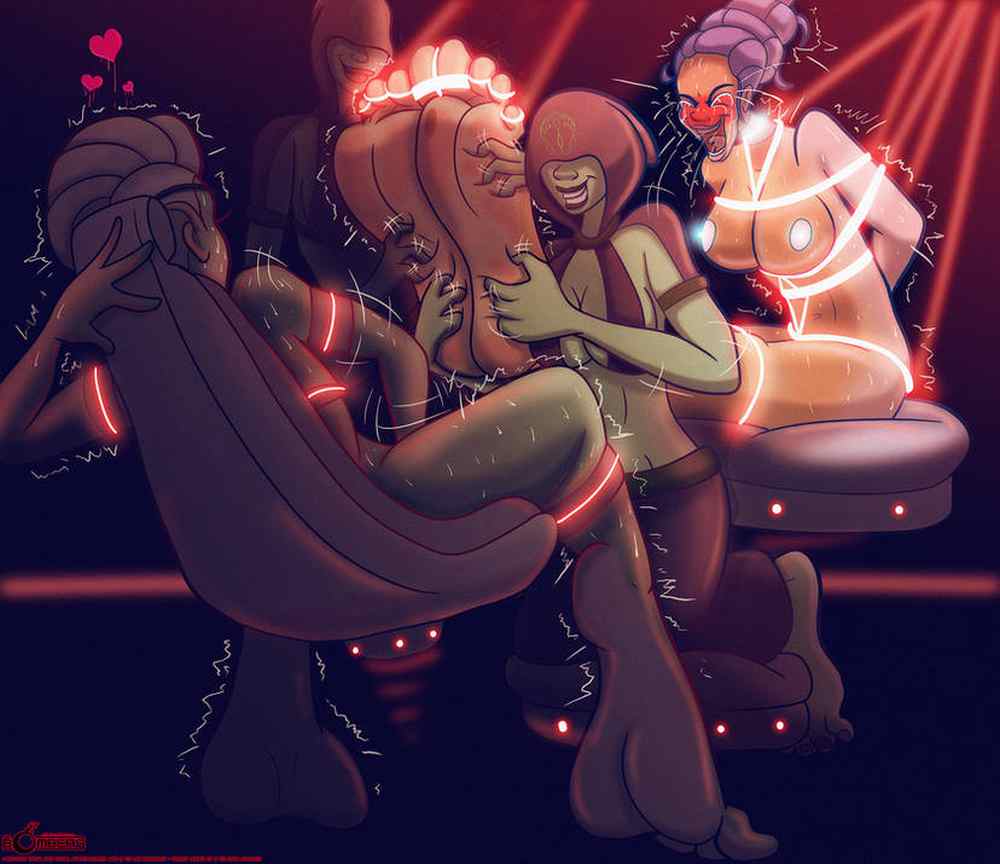
8) What are your works of which you are most proud?
I’m proud of them all! But I’m very proud in the characters that I have made. My first OC “Princess Teeva” and all the characters of the Honni Kombs Series. The comic projects I make with all of these characters fulfill my desires for fun, story based tickling scenarios where literally anything can happen!
9) Do you have any particular artistic goals for the future?
I just plan on continuing to create what I love and be able to share it with all of my awesome friends in the community.
10) Do you think AIs will end up enriching or impoverishing the art of tickling representations?
A.I. is a tool that can definitely improve a creative process in terms of efficiency, and visual clarity, but I believe A.I. should stay as a tool that enhances the visions that artists have. It should NOT serve as a replacement for the artist themselves. No matter how well trained A.I. gets in recreating things, nothing will beat the ideas an actual human artist can produce.
